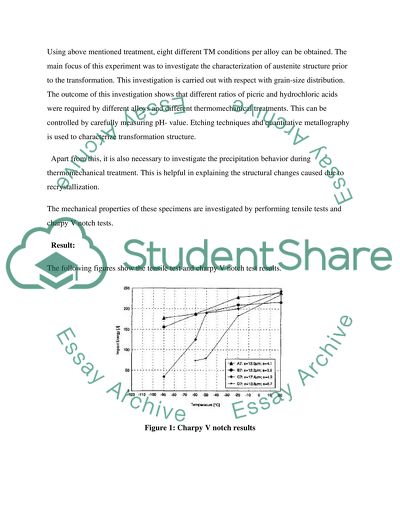Mechanisms Lab Report Example | Topics and Well Written Essays - 750 words. Retrieved from https://studentshare.org/technology/1521193-mechanisms
Mechanisms Lab Report Example | Topics and Well Written Essays - 750 Words. https://studentshare.org/technology/1521193-mechanisms.


